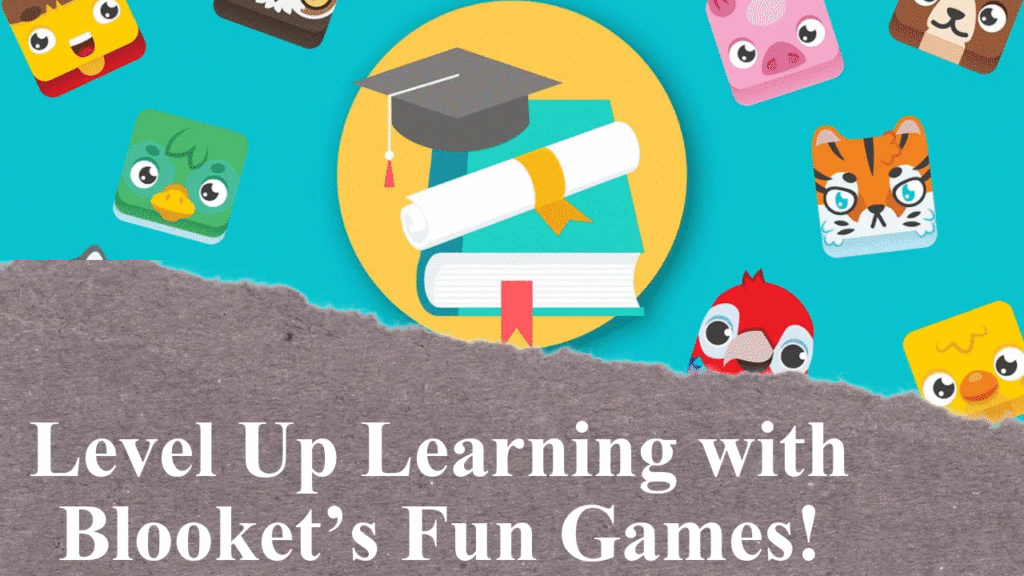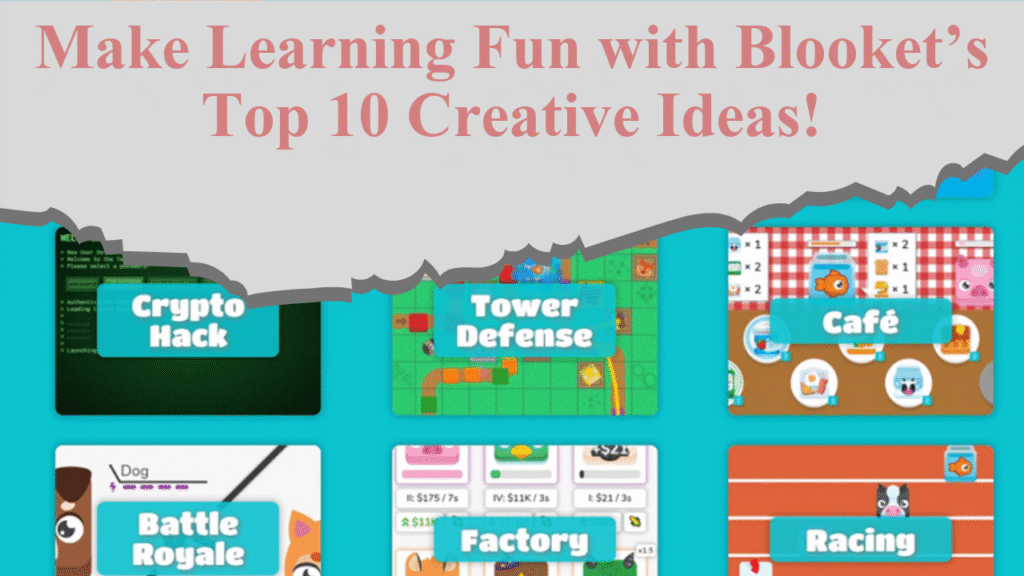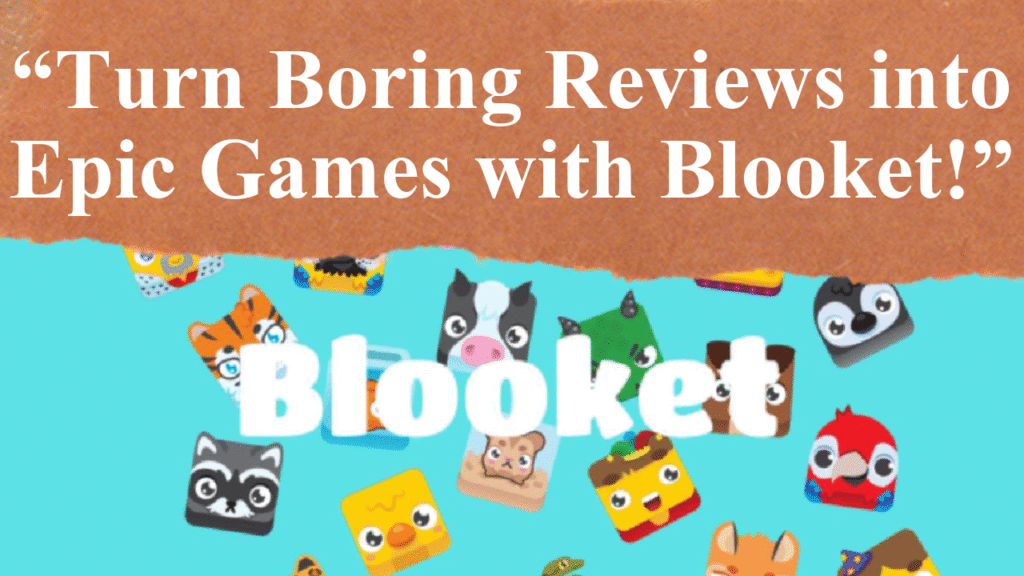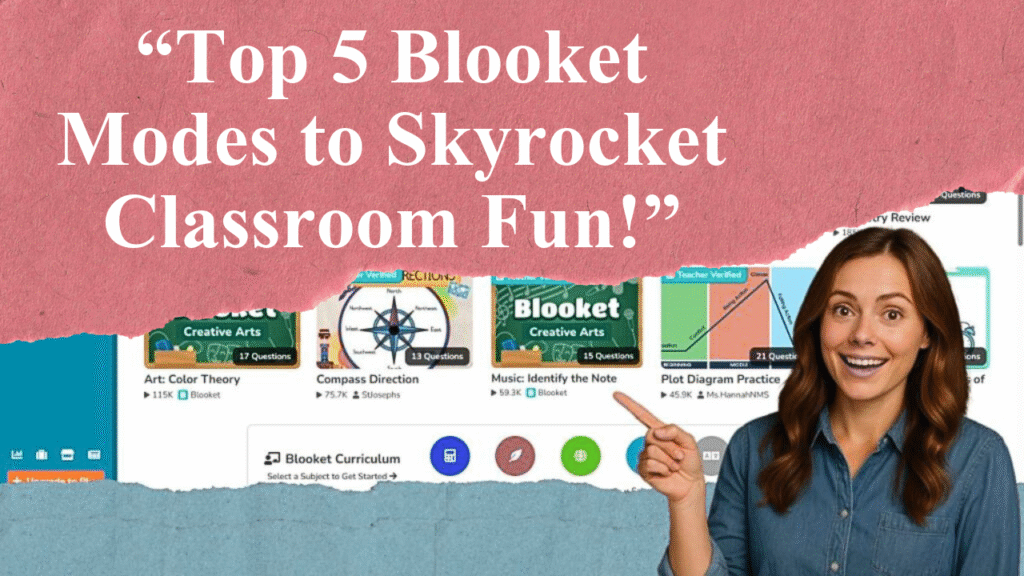“Blooket transforms classrooms with gamified learning, boosting student engagement and retention. This article explores how teachers can leverage Blooket’s diverse game modes, customizable quizzes, and real-time analytics to create fun, effective lessons. From setup tips to advanced strategies, discover how Blooket fosters collaboration, critical thinking, and motivation across subjects, making learning an exciting adventure for students of all ages.”
Gamifying Education with Blooket: A Teacher’s Guide
Blooket is a dynamic, web-based platform that blends education with gaming, turning traditional classroom reviews into interactive experiences. Launched in 2018 by Keith Young, a former teacher, Blooket has gained traction among educators globally, with over 10 million users reported in 2024. Its appeal lies in its ability to make learning feel like play, engaging students through competitive quizzes and strategic game modes.
Getting Started with Blooket
To begin, teachers sign up for a free account at www.blooket.com using an email or Google account. The platform’s intuitive dashboard allows educators to create custom question sets or browse a vast library of pre-made sets covering subjects like math, science, history, and language arts. For example, a 2023 study noted Blooket’s effectiveness in enhancing vocabulary mastery, with 85% of junior high students reporting increased motivation due to its gamified approach.
Creating a game is straightforward. Teachers craft multiple-choice questions manually, import them from Quizlet, or use AI tools like QuestionWell to generate questions from texts or videos. Once created, games are assigned a unique Game ID, which students enter on their devices to join live sessions or complete solo assignments. Blooket supports both in-class and remote learning, making it versatile for hybrid environments.
Diverse Game Modes for Varied Learning Styles
Blooket offers over a dozen game modes, each with unique mechanics to suit different learning objectives. “Gold Quest” encourages quick thinking as students answer questions to collect virtual coins, while “Tower Defense” integrates strategy, requiring players to answer correctly to build defenses. “Cafe Mode” is ideal for younger students, simulating a restaurant where correct answers earn resources. These modes cater to diverse age groups, from kindergarten to high school, ensuring engagement across learning stages.
For instance, a middle school teacher might use “Battle Royale” to review fractions, pitting students against each other in a fast-paced competition. High school educators can adapt “Tower of Doom” for complex topics like literary analysis, challenging students to answer questions about metaphors or themes to advance. The variety keeps content fresh, preventing monotony and sustaining student interest.
Boosting Engagement and Collaboration
Blooket’s gamified elements, like leaderboards, Blookoins (virtual currency), and unlockable avatars called “Blooks,” tap into students’ competitive instincts. A 2024 study in Saudi Arabia found that sixth-grade students using Blooket for Arabic grammar outperformed peers using traditional methods, with a statistically significant improvement in achievement scores. The platform fosters collaboration through team-based modes, encouraging communication and strategic planning, which build soft skills like teamwork and resilience.
Teachers report that Blooket’s real-time feedback loop enhances learning. Students see correct and incorrect answers instantly, allowing them to adjust strategies on the fly. Educators access detailed performance reports post-game, identifying trends like common errors or struggling students. For example, a history teacher might notice 60% of students missed a question about the Industrial Revolution, prompting a targeted review session.
Customizing for Curriculum Alignment
Blooket’s flexibility allows teachers to align games with specific learning objectives. A science teacher might create a question set on ecosystems, incorporating multimedia like images of food webs to enhance understanding. The platform’s library, with thousands of teacher-created sets, saves time for busy educators. In 2025, Blooket introduced AI-assisted question generation through tools like Flex, enabling teachers to create tailored quizzes in minutes.
For English Language Arts (ELA), Blooket shines in vocabulary and grammar drills. Teachers can design games where students match synonyms or conjugate verbs, moving beyond rote memorization. A 2024 study highlighted Blooket’s impact on Chinese vocabulary mastery, with students showing improved retention due to the platform’s interactive nature.
Challenges and Considerations
While Blooket excels in engagement, it has limitations. Its reliance on multiple-choice questions can restrict deeper, open-ended learning. Some teachers on platforms like Reddit note that high-energy game modes may overstimulate certain students, particularly those with ADHD, requiring careful classroom management. Internet connectivity and device performance can also affect gameplay, as noted in a 2025 study where technical issues impacted speed and accuracy.
To mitigate these, teachers can adjust settings to de-emphasize speed, randomize groups for balanced competition, or use solo modes for calmer practice. Blooket’s privacy settings, such as blocking inappropriate content, ensure a safe environment, though children under 13 are advised not to create accounts.
Advanced Strategies for Mastery
Experienced educators can elevate Blooket’s impact with creative approaches. One strategy is student-generated content: have students create their own question sets for a topic, fostering ownership and deeper understanding. For example, a social studies class might develop a quiz on the American Revolution, with students researching to craft accurate questions. Importing responses via Google Forms streamlines this process.
Another tactic is integrating Blooket into blended learning. Teachers can assign asynchronous homework games for independent review, then use live sessions to reinforce concepts. Combining Blooket with other platforms, like Google Classroom for seamless game code sharing, enhances accessibility.
Real-Time Impact and Future Potential
Blooket’s adoption continues to grow, with schools worldwide reporting increased student participation. A 2024 article noted its rapid uptake in classrooms, attributing success to its blend of fun and education. Posts on X in 2025 highlight teachers sharing custom Blooket sets, reflecting a vibrant community of educators innovating with the platform. The platform’s free tier supports up to 60 students, with premium options like Blooket Plus offering advanced features like enhanced analytics.
As education evolves, Blooket’s gamified approach aligns with trends toward digital learning. Its ability to make review sessions feel like game nights ensures students remain invested, while its analytics empower teachers to personalize instruction. By mastering Blooket’s tools, educators can create classrooms where learning is not just effective but genuinely fun.
Disclaimer: This article is based on educational research, teacher feedback, and platform features reported as of July 2025. Data and insights are drawn from credible sources, including academic studies and educator reviews. For the latest updates, visit www.blooket.com or consult recent educational technology publications.




